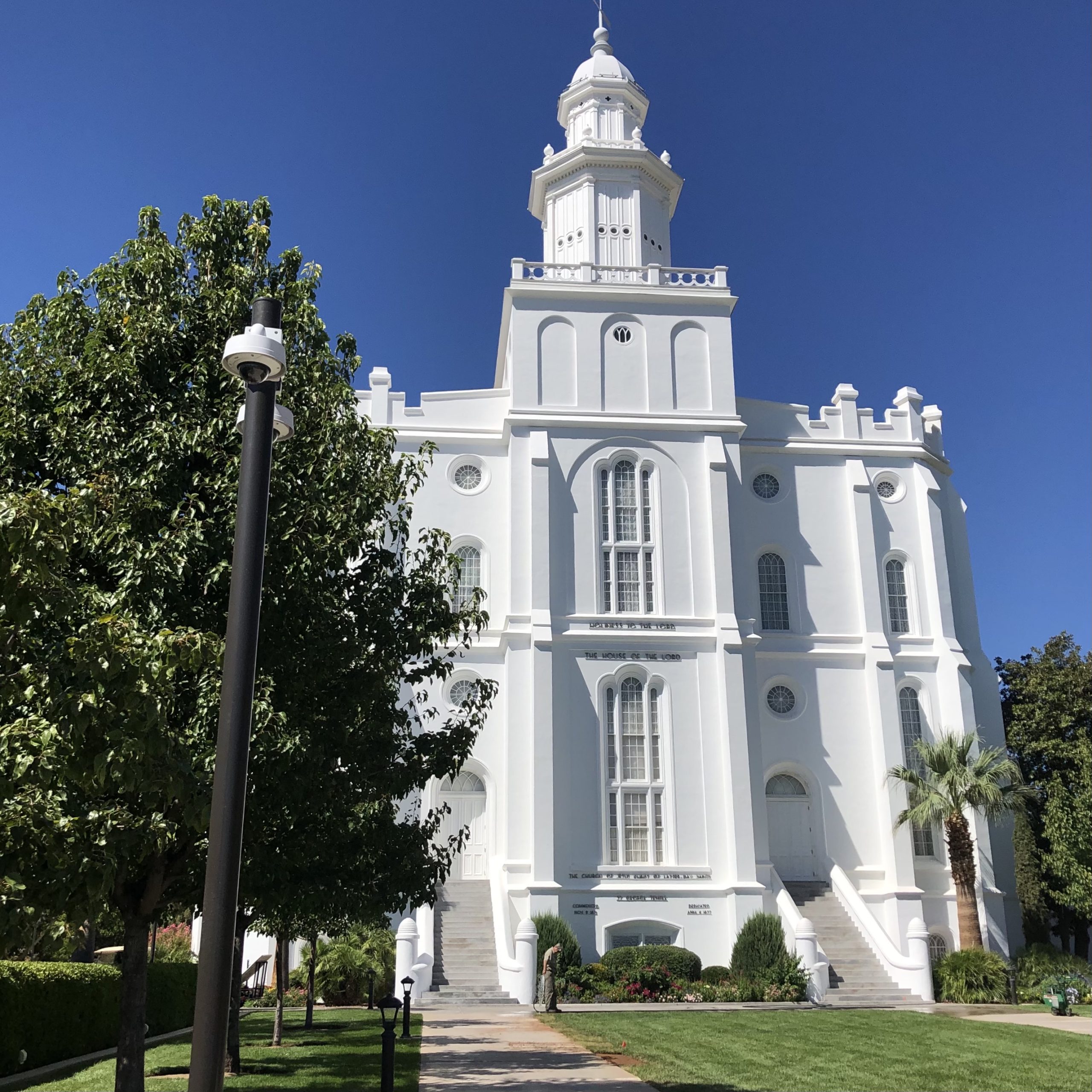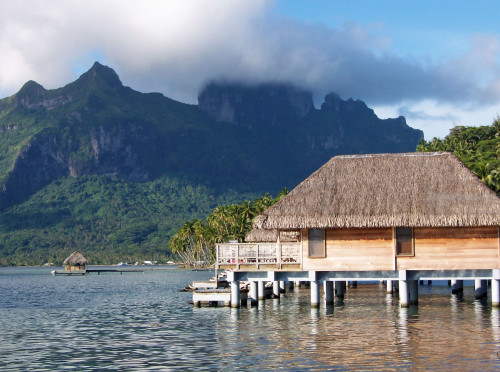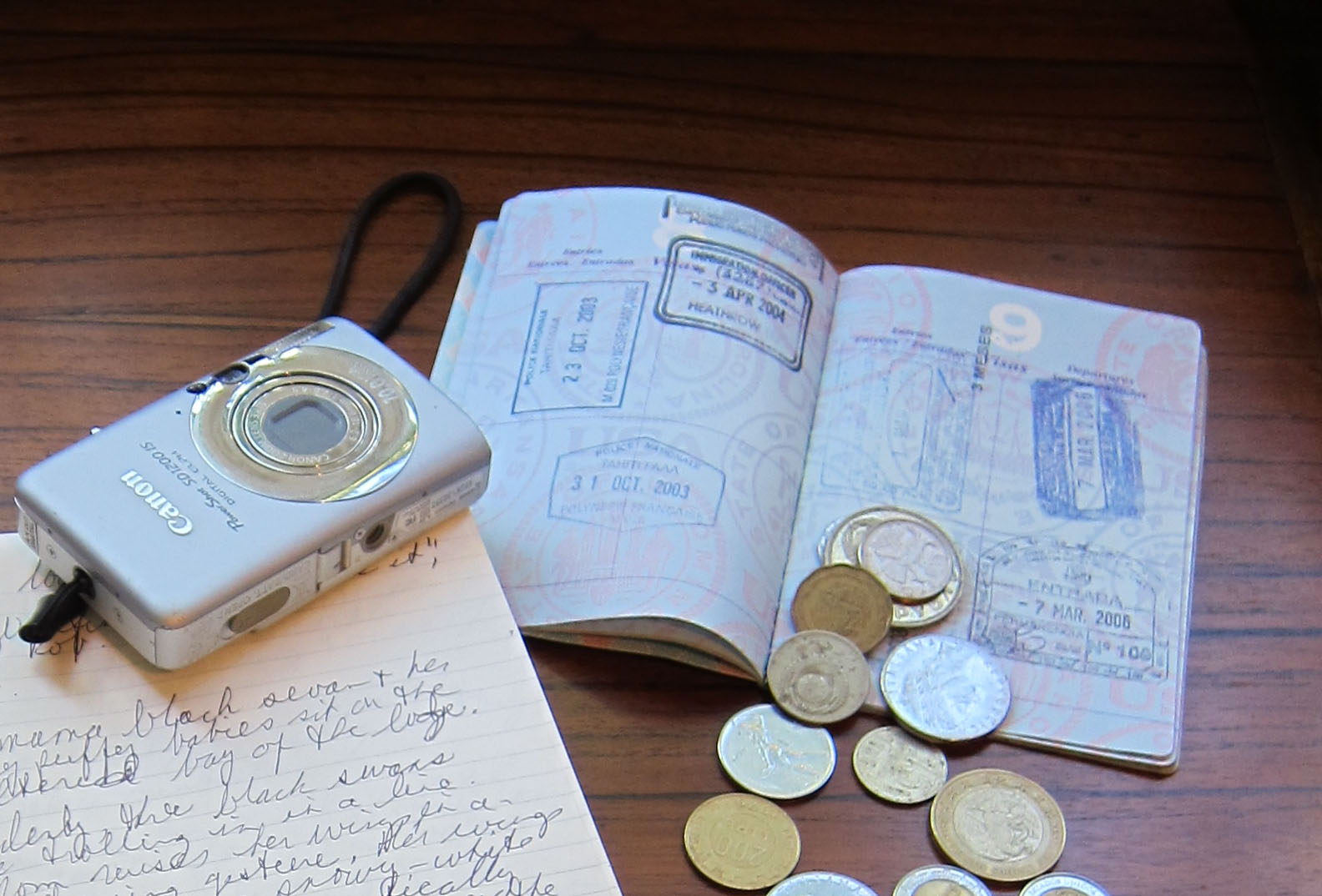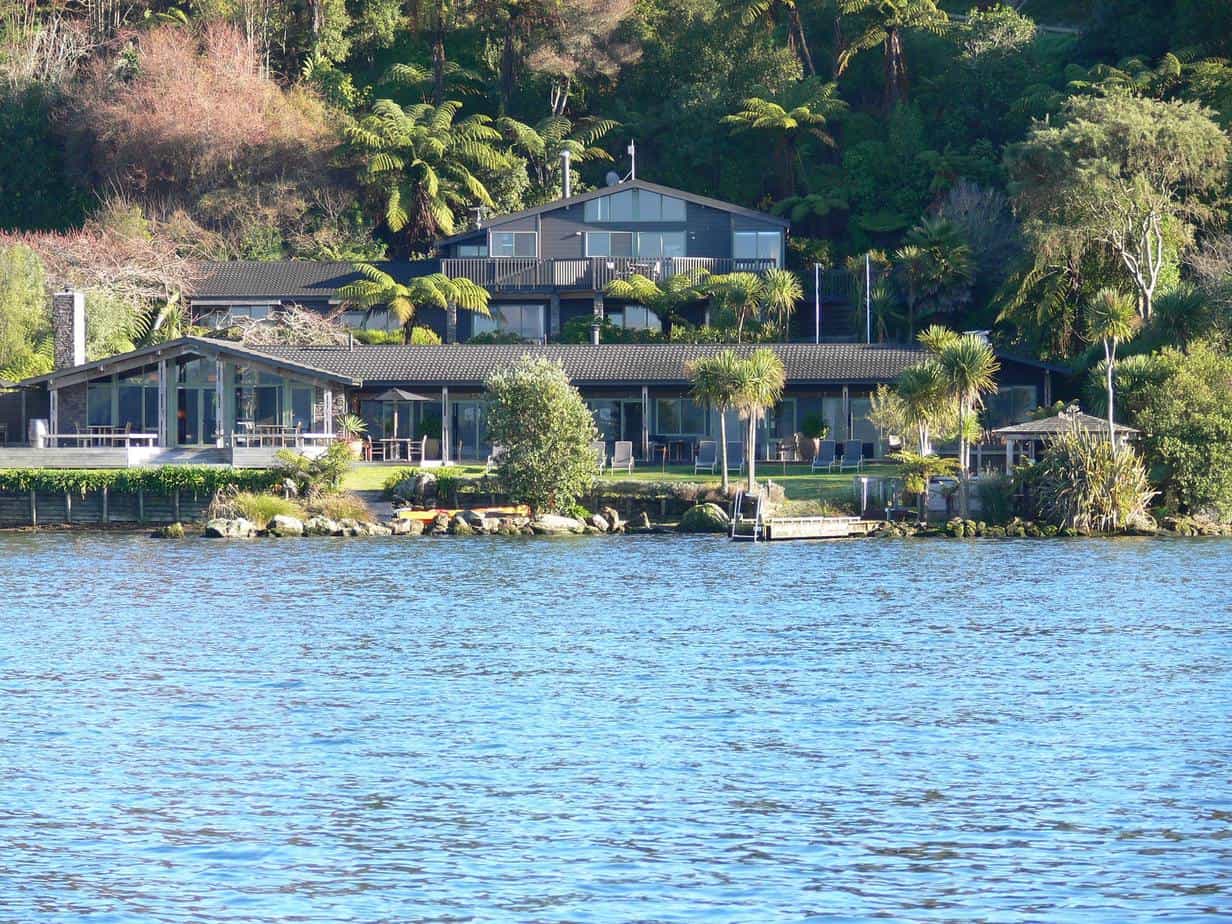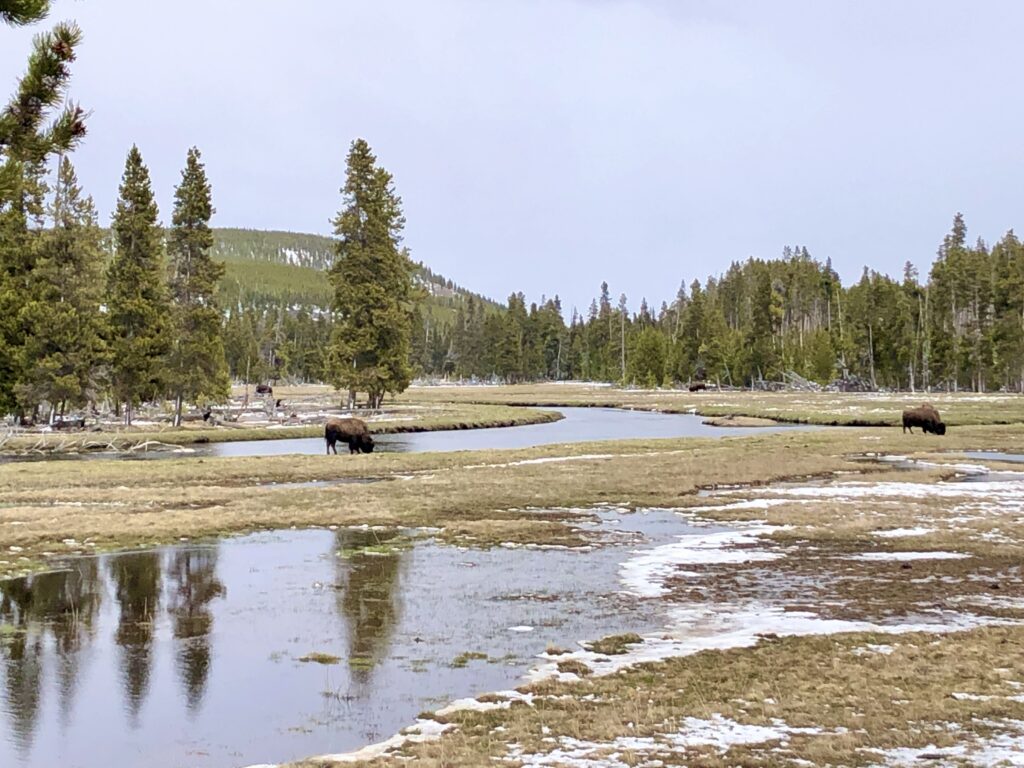I didn’t know that I was dead. Yet the computer confirmed this during my surprising family history search in a St. George Utah family search center.
“So I’m dead,” I said to my Family History Consultant. “According to a gentleman in Scotland.”
“Yes, well, apparently so,” she said. At the Saint George Utah FamilySearch Center, we sat together in a large computer room surrounded by others tapping away at keyboards.
As with many things about my trip to St. George, Utah, I had just ended up here .
Just as I ended up in Utah.
Just as I’d end up at nearby Zion National Park.
Most of all, I didn’t realize that I’d end up stumbling upon long lost family history.
On a mission to search for my paternal family tree, I had recently traveled to the White City of Ostuni on the stiletto heel of Italy’s boot. But the trail came to a frustrating halt. Perhaps, serendipitously, ending up in St. George meant that I could pick up the trail again.
But now I’m dead. How to remedy this situation?
How I Ended Up In St. George Utah

This serendipity all started after I asked my husband about where he was headed on his next business trip.
“Saint George, Utah.”
Hmm, unique desert landscape, red sandstone rock, blue mountains, and black lava hills…
After some quick research, I learned that St. George was an hour away from Zion National Park.
As well as Bryce Canyon and the Grand Canyon’s North Rim.
Closer to Las Vegas than Salt Lake City, this southwestern corner of Utah is a hotbed of year round outdoor recreation, boasting 60 miles of urban trails.
“Cool,” I said. “I’m going with you. I’ve never been there.”
Even in mid-September, the desert temperatures in southern Utah headed into the triple digits during the day. Before our weekend of hiking Zion, Rob went to work as I set off in the morning to poke around the tidy town of St. George, surrounded by red cliffs, home to 90,000, 70% Mormons.
Once inhabited by the Virgin River Anasazi tribe and later by the Southern Paiutes, in 1861 300 families settled in this northern edge of the Mojave Desert to grow cotton. These settlers also built a temple, Utah’s first, in 1877.
But don’t look for a Saint George in the city’s history. Named after a Mormon named George Smith, the name evolved because Mormons call each other saints.
After visiting a friendly photography shop in preparation for Zion’s scenic wonders, I stepped outside and spotted the tall, white spires of St. George’s Mormon temple rising in the middle of town.
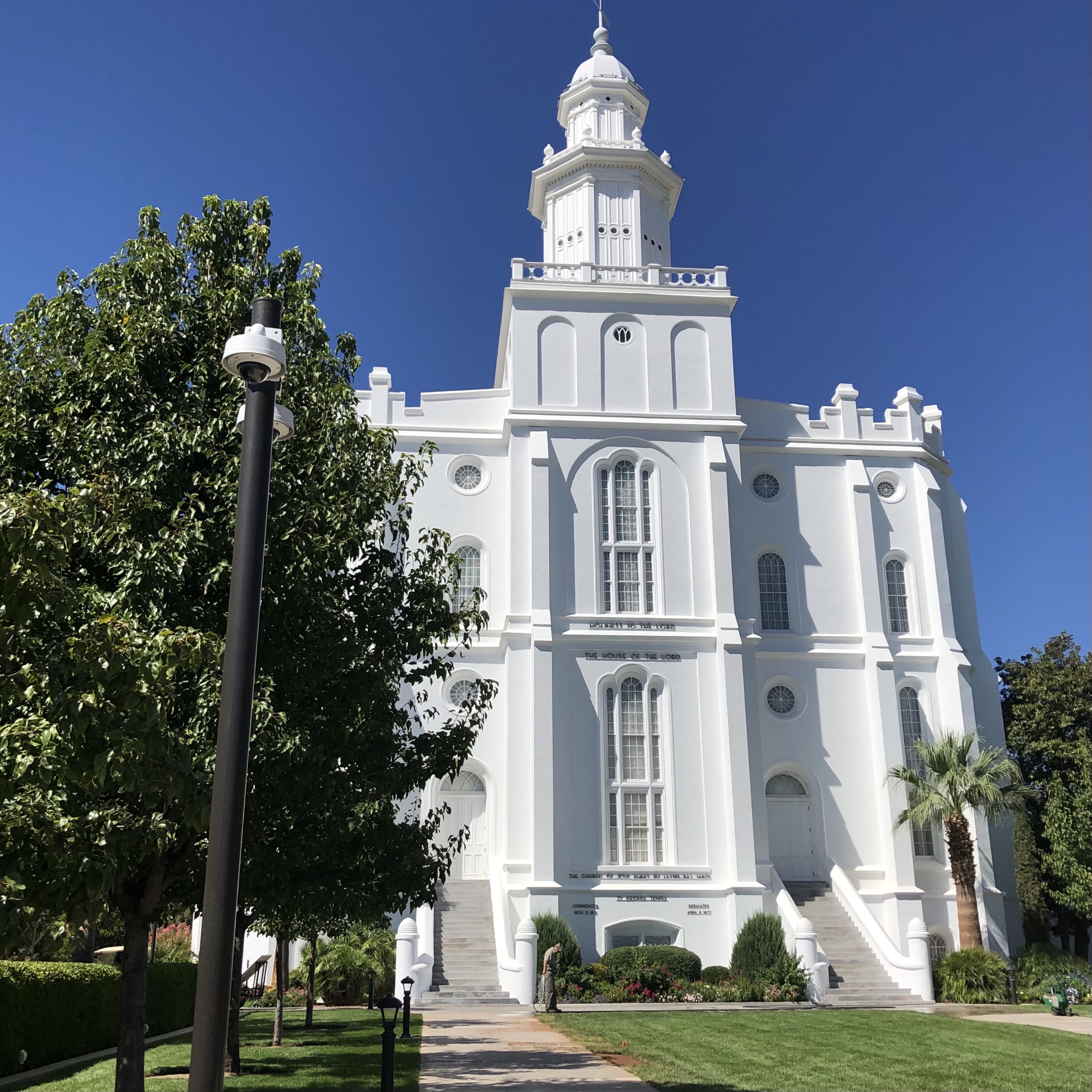
As a non-Mormon, I knew that I couldn’t take a peek inside. But I did end up in the St. George Temple Visitors’ Center.

My tour guide was a missionary from Iowa, a kind, grandmotherly woman spending a year of volunteering there with her husband. And she was very willing to indulge my curousity and answer all my questions.
Which she’d soon regret.
After watching a presentation, I had many questions.
I asked about where the golden plates ended up (they were returned to the angel Moroni).
I asked about the Mormon underwear.
And I asked if it’s true that, after Mormons die, they get their own planet.
“Oh, it’s much more than that,” she explained. “We’ll have the knowledge and power to create a world and people it.”
She gamely provided diplomatic answers after I veered into the church’s uncomfortable history of past polygamist practices and the present day renegade sect in nearby Colorado City, Arizona.
Around town, I saw large groups of children accompanied by a pair of women much too young to have birthed them all. I also saw massive homes standing next to garages or carports housing school buses, vans and large RVs. It all looked a little suspect to me.
As expected, I did receive a lot of proselytizing in a small room with a video screen but my guide was so sweet that I did accept her gift, a copy of the Book of Mormon. After two hours of my questions, my now exhausted guide led me to a display of large temple model and begged off for her lunch break.
“Oh,” she added, “you might be interested in visiting our family search center just around the corner.”
Boy would I!
My Family History Search in St. George

Around the corner from the temple, on a street lined with well-kept houses, I found a modern bastion of Mormon ancestral data collection, resembling the library of a very wealthy town.
As soon as I entered, a friendly receptionist introduced me to a Family History Consultant named Anna. After I told her about the ancestral snag in my family tree, she offered her help.
A family history search at any family history center is free.
She led me into a large room where people of all ages sat hushed, studying vital records, births, deaths and marriage certificates. They were also digging through wills and land, town, county, and church records.
Why Do Mormons Trace Their Family History?
Mormons search for long gone ancestors who had died without learning about the Mormon Gospel. They would baptize these relatives, believing that genealogy is a pathway towards saving more souls.
The church stores over two billion names on 2.4 million microfilm rolls, locked behind 14-ton doors in a climate-controlled repository designed to survive a nuclear impact. Built into the Wasatch Mountains, the repository stands southeast of Salt Lake City.
A boon to professional and amateur genealogists alike, luckily these Mormon archives are freely available at Salt Lake City’s Family History Library as well as in smaller regional Family History Centers.
Anyone can do a family history search of the 27 billion names recorded by the Mormon Church.
My Family History Consultant showed me to our desk and computer screen where we hopped onto FamilySearch.org.
And that’s where I discovered my unfortunate demise.
“Not to worry,” she said. “We’ll just send an email and tell him that you’re really alive.” Once we settled that I was alive, we got to work.
I delved into a portion of my family history that was confounding me.
I knew my great-grandfather’s name, Francesco Asciano, but my great-great-grandparent’s names were unknown.
Searching and scribbling upon scratch paper with the same tiny yellow pencils found at libraries, Anna helped me discover another Francesco Asciano. He had been born in Ostuni in 1835 – my great-great grandfather! What added to my confusion was that he shared the same name as my great-grandfather.
Even more stunning, Anna introduced me to his wife, my great-great-great-grandmother, Maria Bellanova, born in 1833. And his parents! Luigi Asciano, born in 1800, and his wife, Rosa Cavallo, born in 1805. My great-great-great-great-parents.
All born in Ostuni.
Then the trail ended.
“Now, I have their names,” I said happily to Anna, “I can send them off to Vital Records in Bari, Italy to learn more about them.”
Anna sat back in her chair, looking pleased.
Later, Rob asked, “So what did you do today?”
“I almost died and almost became a Mormon.”
What I Learned After Ending Up In St. George Utah
Back home, I received a message from Scotland via my FamilySearch.org account.
My name is Raymond of Paisley, Scotland and I sincerely apologise for my error and understand it would have caused you unnecessary distress. I was tracing descendants from Islay, Scotland in the 1840s and probably strayed unintentionally.
I have a submitted a request to change the information.
I trust you are well.
Apologise again – a wet Saturday in Scotland.
Raymond
No problem, Raymond. But now I’m wondering how you ended up finding me dead in California while researching your Islay, Scotland ancestors.
I have questions.
All part of the journey, I guess. Sometimes we end up on the road that we’re supposed to travel. And that makes all the difference in the world.
If You Visit St. George Utah
Mild year round temperatures make St. George an active paradise, minutes from 10 golf courses and a running, biking, hiking, horseback riding, and rock climbing paradise.
Nearby attractions include snow sports in Snow Basin, gaming in Mesquite, Nevada, and the Tuacahn Amphitheatre for Broadway shows and big name concerts.
For more info, check out the Greater Zion Convention & Tourism Office.
Find Your Family Tree at the St. George Utah FamilySearch Center

Start your genealogy research at the St. George Utah FamilySearch Center with experienced staff members who’ll help you navigate ancestry websites and family tree records to create your own family tree chart.
This state-of-the-art family history search center offers classes, photo and document scanning, audio/visual conversion, and interactive touch-screen displays bring your family tree to life. Once you’ve family history search, you can record your experience for posterity.
Best Place to Eat In St. George Utah
For a unique dining experience, go to the Cliffside Restaurant, standing atop a cliff overlooking the town. Serving New American fare, from steaks to pasta, dine in front of large windows to take in the views. I highly recommend eating outside on the terrace during a full moon.
Stay at the Las Palmas Resort at St. George Utah
The best place to stay in St. George, the Las Palmas Resort is a high-end condo resort, renowned for luxury, adventure, and stunning views atop Green Valley Hill.
